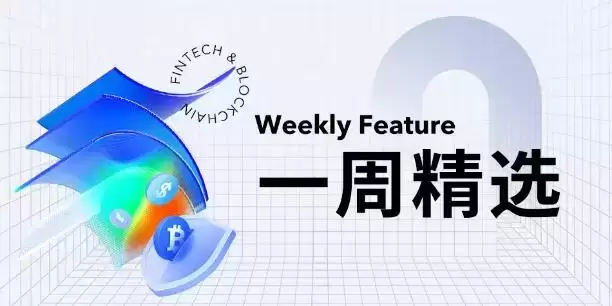 |
|
 |
|
 |
|
 |
|
 |
|
 |
|
 |
|
 |
|
 |
|
 |
|
 |
|
 |
|
 |
|
 |
|
 |
|
Cryptocurrency News Articles
The Ethereum Network Is Experiencing a Period of Subdued Activity
Mar 24, 2025 at 06:50 pm
The Ethereum network, the bedrock of decentralized applications and the second-largest cryptocurrency by market capitalization, is currently experiencing a period of subdued activity

The Ethereum network, known for decentralized applications and the second-largest cryptocurrency, is currently experiencing a period of inactivity, as highlighted by the record-low daily ETH burn rate. This metric, directly tied to transaction fees, has plummeted to an all-time low, indicating a significant reduction in demand for Ethereum's blockspace.
The decline in network utilization is further evident in the broader slowdown of on-chain activity.
Meanwhile, the rise of Layer 2 scaling solutions, like Base, is rapidly changing the Ethereum ecosystem, leading financial institutions such as Standard Chartered to adjust their long-term price targets for ETH.
This article delves into the confluence of these factors, examining the implications of the low ETH burn rate, analyzing the slowdown in on-chain activity, and exploring the impact of Layer 2 competition on Ethereum's future trajectory.
Ethereum's EIP-1559 upgrade, introduced in August 2021, brought a fundamental change to the network's transaction fee mechanism. A portion of the ETH used to pay the base transaction is burned, aiming to reduce inflationary pressure and potentially make ETH deflationary during periods of high activity.
The effectiveness of this mechanism hinges on sustained network demand. When transaction volumes are high, the base fee increases, leading to a higher ETH burn. Conversely, periods of low network activity decrease the base fee, diminishing the ETH burn.
The record-low daily ETH burn of 53.07 ETH, valued at approximately $106,000, underscores the substantial decline in transaction fees and, consequently, the significant reduction in network demand. This low burn rate translates to a reduced deflationary effect, as a minimal amount of ETH is being removed from circulation.
According to Ultrasound.money data, the current burn rate suggests that the supply of ETH is projected to grow by 0.76% annually, highlighting the impact of low network activity on the asset's deflationary potential.
The record-low ETH burn is part of a broader slowdown in on-chain activity, signaling a systemic decline in network utilization.
These metrics collectively depict a network experiencing a period of reduced demand and activity. This slowdown could be attributed to various factors, including market sentiment, regulatory uncertainty, and the increasing competition from Layer 2 scaling solutions.
Layer 2s, like Arbitrum and Optimism, offer faster transaction speeds, lower fees, and improved scalability compared to the Ethereum mainnet. They process transactions off-chain and batch them to the mainnet, reducing congestion and gas fees. This efficiency increases users and applications to opt for Layer 2s, impacting the demand for Ethereum's mainnet blockspace.
The rapid growth of Layer 2s, particularly Base, has led financial institutions to reassess their long-term price targets for ETH. Standard Chartered recently revised its 2025 price target for Ethereum downward from $10,000 to $4,000.
Geoffrey Kendrick, Standard Chartered’s global head of digital assets research, pointed out the "super-profits" being extracted by Layer 2s from the Ethereum ecosystem. This statement hints at a shift in value accrual from the mainnet to these scaling solutions, raising questions about Ethereum's long-term value proposition.
The confluence of a low ETH burn rate, declining on-chain activity, and the rise of Layer 2s presents a multifaceted challenge for Ethereum. In the face of these challenges, Ethereum still has potential mitigating factors and future scenarios.
The crypto community will be closely monitoring the progress of the Ethereum ecosystem as it navigates ebbing tides and charts a course towards renewed growth and dominance.
Disclaimer:info@kdj.com
The information provided is not trading advice. kdj.com does not assume any responsibility for any investments made based on the information provided in this article. Cryptocurrencies are highly volatile and it is highly recommended that you invest with caution after thorough research!
If you believe that the content used on this website infringes your copyright, please contact us immediately (info@kdj.com) and we will delete it promptly.
-

-

-

-

-

-

-

-

- Despite Broader Market Interest, Bitcoin Continues to Hover Near the $80,000 Mark, Showing Limited Upward Momentum
- Apr 19, 2025 at 12:45 pm
- At the time of writing, the asset is trading at $84,596, down 0.1% in the last 24 hours. This places BTC approximately 22% below its all-time high of over $109,000000000000000000000000000000000000.
-





























































